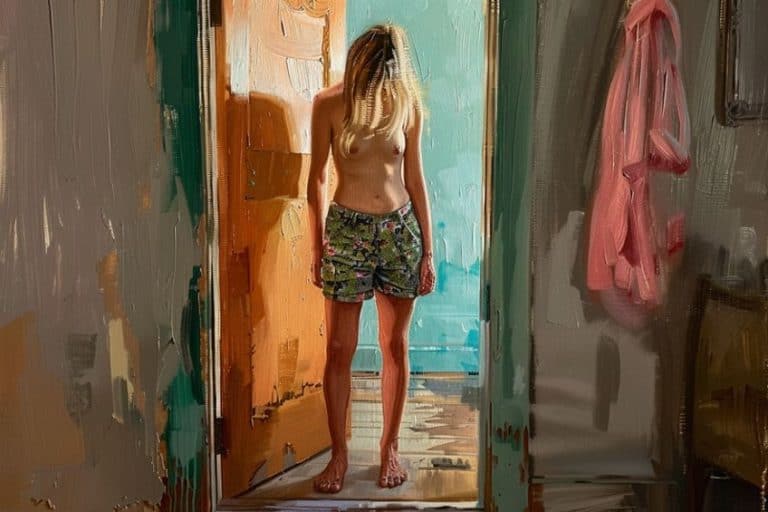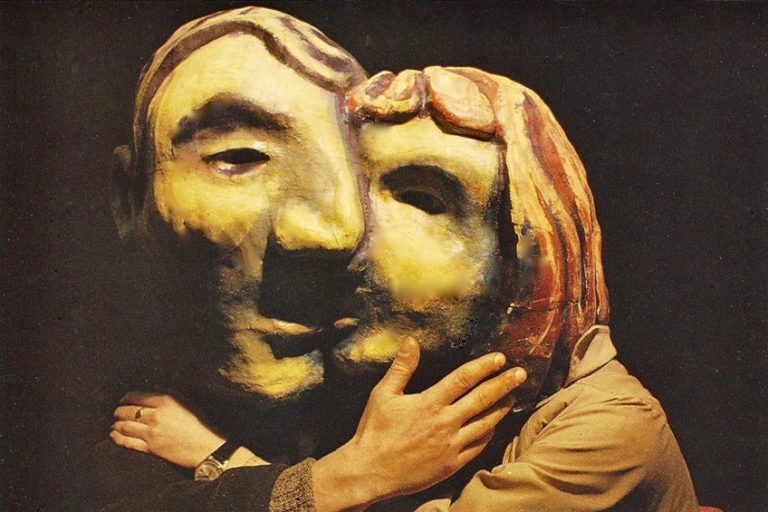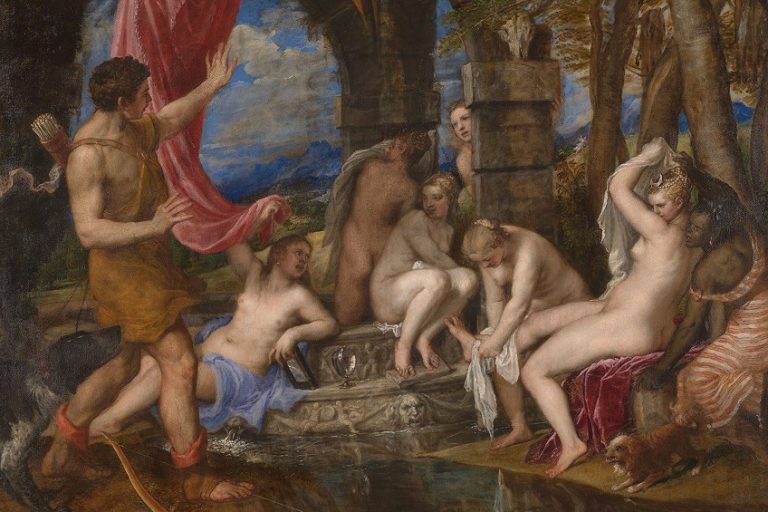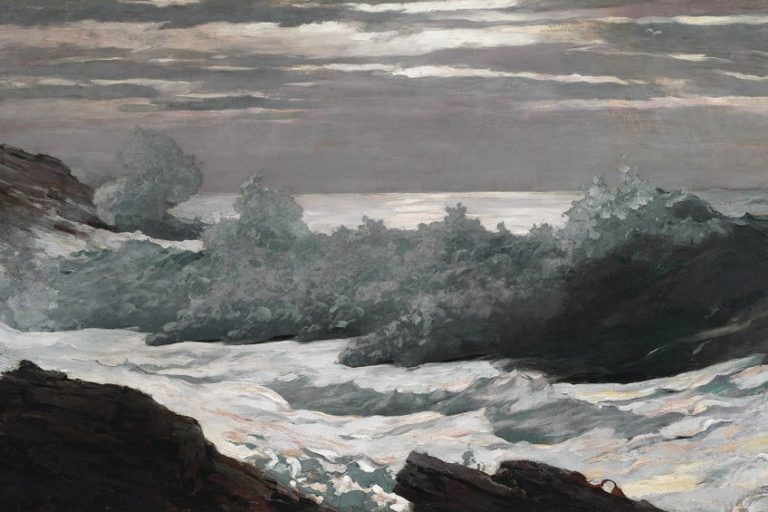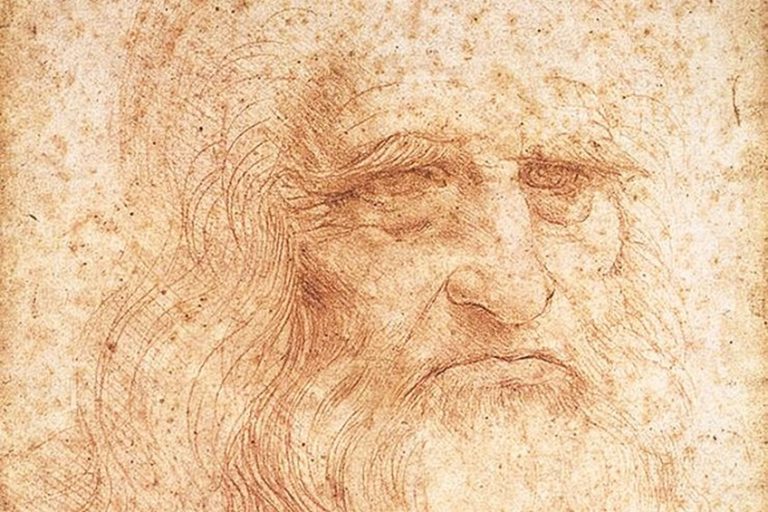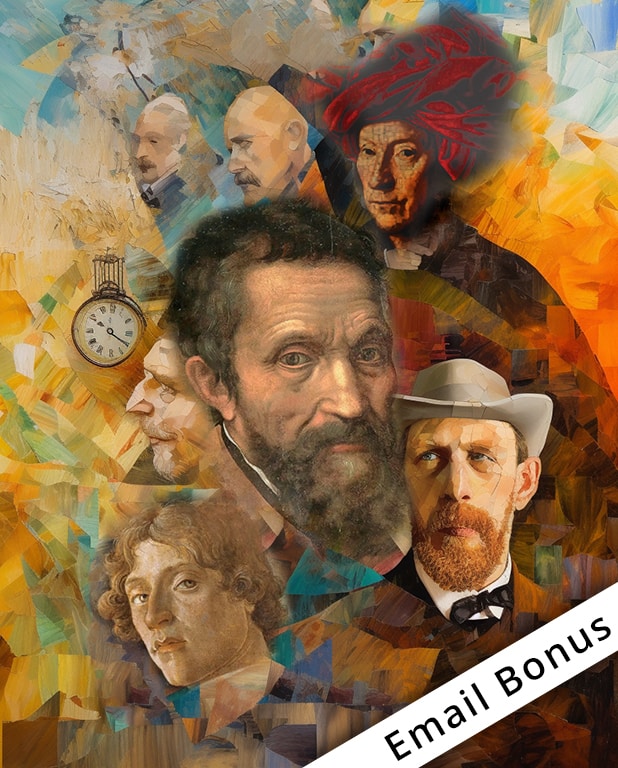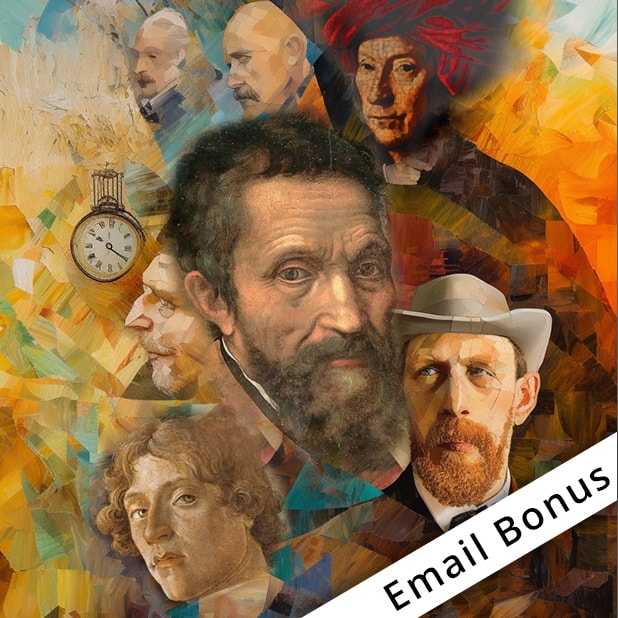Klimt the Cat Lover – Unveiling the Feline Influences in His Art
Gustav Klimt, renowned for his iconic pieces such as The Kiss, was also famously known for his affinity towards cats. His love for these feline companions was so profound that it became an integral aspect of his personal and artistic life. Klimt often shared his studios with numerous cats, providing them a haven where they freely roamed and enriched his creative environment. The presence of cats in Klimt’s life extended beyond companionship, as these animals subtly influenced his artistic endeavors. While there’s no direct depiction of cats in his most famous artworks, the tranquility and mystique often associated with felines seemed to echo in his work. This affinity earned him the affectionate nickname “the crazy cat lady of artists” during his lifetime, highlighting how deeply intertwined his personal life and passion for cats were. Klimt’s fondness for cats also sparked public curiosity and discussions about his unique lifestyle. While some viewed his obsession with amusement, others found it endearing, further solidifying his eccentric persona in the art world. His city center studio on Josefstädterstraße, prior to 1911, and his second studio on Feldmühlgasse, served as vibrant sanctuaries that nurtured both Klimt’s creativity and his love for cats.
Key Takeaways
- Gustav Klimt’s love for cats was an integral part of his life.
- Cats subtly influenced Klimt’s artistic and personal spaces.
- Klimt’s unique bond with cats shaped public perceptions of him.
Gustav Klimt: Early Life and Introduction to Cats
Gustav Klimt was born in 1862 in a small town near Vienna, Austria. He grew up in a humble household, experiencing poverty during his early years. His father was a gold engraver, and Klimt was one of seven children. Despite financial difficulties, his family encouraged his artistic talents.

From a young age, Klimt’s artistic abilities stood out. He attended the Vienna School of Arts and Crafts, where he trained as a painter. By the late 19th century, Klimt’s reputation as an accomplished artist began to grow, especially within the Vienna Secession movement. He became known for his distinctive style as an Austrian Symbolist painter.
Klimt’s passion for art was matched by his affection for cats. This love for cats became a defining characteristic of his personal life. His studios, both in the city center and on the outskirts of Vienna, were known for their feline inhabitants. A large number of cats were allowed to roam freely in these spaces, creating a lively environment.
Visitors to Klimt’s studio often found themselves amidst a flurry of activity as cats played among the canvases and sketches. Despite the potential chaos, Klimt embraced this energy, finding a unique connection with the animals. His love for cats was not just a personal trait but also enriched the creative atmosphere of his workspace.
The Significance of Cats in Klimt’s Personal Life
Gustav Klimt, known for his deep affection for cats, found solace and inspiration in their presence. Cats were more than mere companions; they shaped his personal and artistic spaces, providing a backdrop of calm amidst the chaos of his creative processes.
Cats as Constant Companions
In Klimt’s life, cats were ever-present companions. He was often seen holding Katze, one of his favorites, which illustrated his deep affection for these creatures. Klimt’s studios, both in the city and outskirts, frequently hosted a multitude of cats, their playful antics adding a unique vibrancy to his work environment.
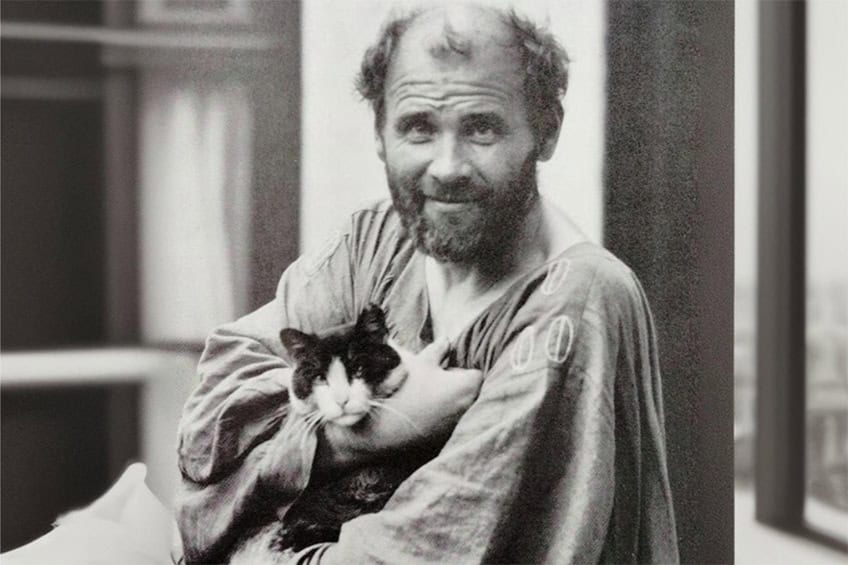
See page for author, Public domain, via Wikimedia Commons
This feline presence created a dynamic and lively atmosphere that likely stimulated Klimt’s creativity. Friends and visitors often remarked on the scene of eight or ten purring cats roaming freely, their playful nature mingling with the artist’s focused intensity. This love for cats was not merely an aspect of his personal life but a crucial element that shaped his daily routine and creative approach.
The Influence of Cat Behavior on Klimt’s Lifestyle
The behavior of cats significantly influenced Klimt’s lifestyle choices. Known for his relaxed and accommodating nature, Klimt let these animals roam freely, blending their natural chaos with his structured artistic pursuits. This unique environment allowed him to maintain a balance between serenity and stimulation, crucial for his creative processes.
By accommodating the quirks and unpredictability of cats, Klimt embraced a lifestyle that welcomed spontaneity and inspiration from the natural world. This incorporation of chaos speaks to his broader philosophy as an artist and individual, highlighting his intrinsic appreciation for beauty and harmony in everyday life. As a self-proclaimed cat lover, Klimt’s affection for his feline friends deeply enriched his personal and professional life.
Cat Imagery in Klimt’s Art
Gustav Klimt, known for his pursuit of symbolism and intricate designs, often embraced the feline form in his artworks. This section explores how Klimt incorporated cat imagery into his masterpieces, examining both the symbolic meanings he attached to cats and comparing his work to the depictions of cats in ancient Egyptian art.
Symbolism of Cats in Klimt’s Masterpieces
In Klimt’s art, cats often symbolize independence, mystery, and sensuality, traits that align with his thematic focus. In works like The Tree of Life, these creatures blend into the ornate designs, suggesting both elegance and playful unpredictability.
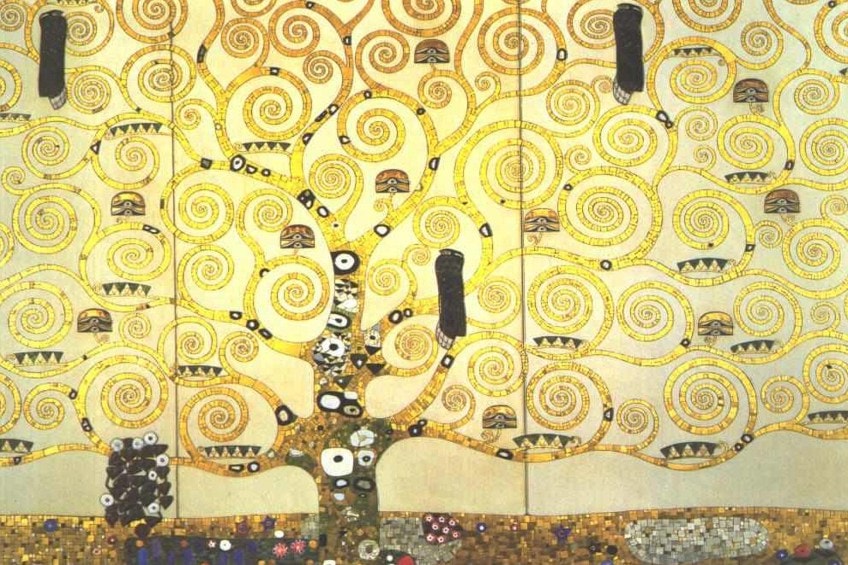
The Tree of Life (1910-1911) by Gustav Klimt; Gustav Klimt, Public domain, via Wikimedia Commons
Cats appear in Klimt’s less formal sketches as well, serving as muses in his creative process. They are often seen in playful poses, reflecting the artist’s affection for their erratic behavior.
The depiction of cats in Klimt’s pieces might echo his personal life, where he was surrounded by numerous felines in his studio. This fondness translated to his work, with the cats becoming symbolic messengers, delivering intricate layers of meaning.
Comparison with Ancient Egyptian Cat Depictions
Klimt’s use of cat imagery can be contrasted with ancient Egyptian art, where cats were revered as divine and symbolic of protection and fertility. Unlike the formal and stylized forms seen in Egyptian representations, Klimt’s portrayals capture the playful nature and individuality of each cat.
Ancient Egyptians often linked cats with Bastet, the goddess of home, fertility, and domesticity. While Klimt did not directly emulate these religious undertones, the reverence Egyptians showed provides an intriguing context for appreciating the cats in his art.
Klimt’s free-flowing style contrasted sharply with the rigid and structured depictions from ancient Egypt. Their artistic approaches reflect different cultural contexts and beliefs surrounding these beloved creatures, adding depth to Klimt’s artistic choices.
Klimt’s Studio: A Sanctuary for Cats
Gustav Klimt’s studios were more than just spaces for artistic creation; they were lively sanctuaries for his beloved feline friends. In his studio on Josefstädterstraße and later in the outskirts on Feldmühlgasse, cats freely roamed, creating an environment rich in creativity and affection.

His fondness for cats was well-known, and it was not uncommon to see portraits capturing Klimt with a cat nestled in his arms. These studios, brimming with the spirit of the Vienna Secession movement, became a haven where art and the love for animals harmoniously coexisted.
Though this meant occasional chaos and challenges like cat urine on artworks, Klimt’s passion for these animals triumphed over potential downsides. He embraced the notion that comfort and companionship from his cats enriched the creative atmosphere.
The presence of these animals underscored his identity, enhancing the uniqueness of his workspace. Klimt’s decision to allow such freedom emphasized his extraordinary lifestyle, merging personal inclinations with professional spaces, and cementing his reputation as a distinctive figure in art history.
In essence, Gustav Klimt’s studios were more than mere work areas; they were vibrant ecosystems where creativity flourished amid a backdrop of feline mischief and comfort. The cats were not just pets; they were integral to the environment that inspired some of Klimt’s most famous works.
Public Perception and Criticism
Gustav Klimt’s fondness for cats was both a personal quirk and a facet of his public persona. While some art critics viewed his affection for cats as endearing, others found it eccentric. These varying perspectives influenced Klimt’s reputation in the art world and beyond, shaping how he was perceived as an artist and individual.
Klimt as a Cat Lover: Views of Contemporary Art Critics
Art critics of Klimt’s time often commented on his unusual lifestyle, particularly his love for cats. This aspect of his personality added a layer of intrigue to his public image. Some critics appreciated this affection, noting it as a symbol of his gentle nature.
Others regarded his title as the “crazy cat lady” in jest, emphasizing the disarray that accompanied his feline friends. Klimt’s choice to allow numerous cats to roam his studio was seen by some as a testament to his disregard for traditional conventions. This behavior was often perceived by critics in Vienna as both charming and unconventional, contributing to his complex image as an artist.
The Influence of Cats on Klimt’s Reputation
Klimt’s association with cats extended beyond personal affection and became a notable aspect of his artistic identity. His penchant for these animals influenced public perceptions, with his many cat companions often featured in anecdotes about his life. This detail highlighted his nonconformist way of life.
As referenced by Artnet News, his reputation as a cat lover sometimes overshadowed his artistic achievements. Nonetheless, Klimt embraced his feline friends without reservation. Consequently, his love for cats has been preserved in visual portraits and stories, lending a unique dimension to his legacy as one of Vienna’s most celebrated artists.
Isabella studied at the University of Cape Town in South Africa and graduated with a Bachelor of Arts majoring in English Literature & Language and Psychology. Throughout her undergraduate years, she took Art History as an additional subject and absolutely loved it. Building on from her art history knowledge that began in high school, art has always been a particular area of fascination for her. From learning about artworks previously unknown to her, or sharpening her existing understanding of specific works, the ability to continue learning within this interesting sphere excites her greatly.
Her focal points of interest in art history encompass profiling specific artists and art movements, as it is these areas where she is able to really dig deep into the rich narrative of the art world. Additionally, she particularly enjoys exploring the different artistic styles of the 20th century, as well as the important impact that female artists have had on the development of art history.
Learn more about Isabella Meyer and the Art in Context Team.
Cite this Article
Isabella, Meyer, “Klimt the Cat Lover – Unveiling the Feline Influences in His Art.” Art in Context. February 28, 2025. URL: https://artincontext.org/klimt-the-cat-lover/
Meyer, I. (2025, 28 February). Klimt the Cat Lover – Unveiling the Feline Influences in His Art. Art in Context. https://artincontext.org/klimt-the-cat-lover/
Meyer, Isabella. “Klimt the Cat Lover – Unveiling the Feline Influences in His Art.” Art in Context, February 28, 2025. https://artincontext.org/klimt-the-cat-lover/.



